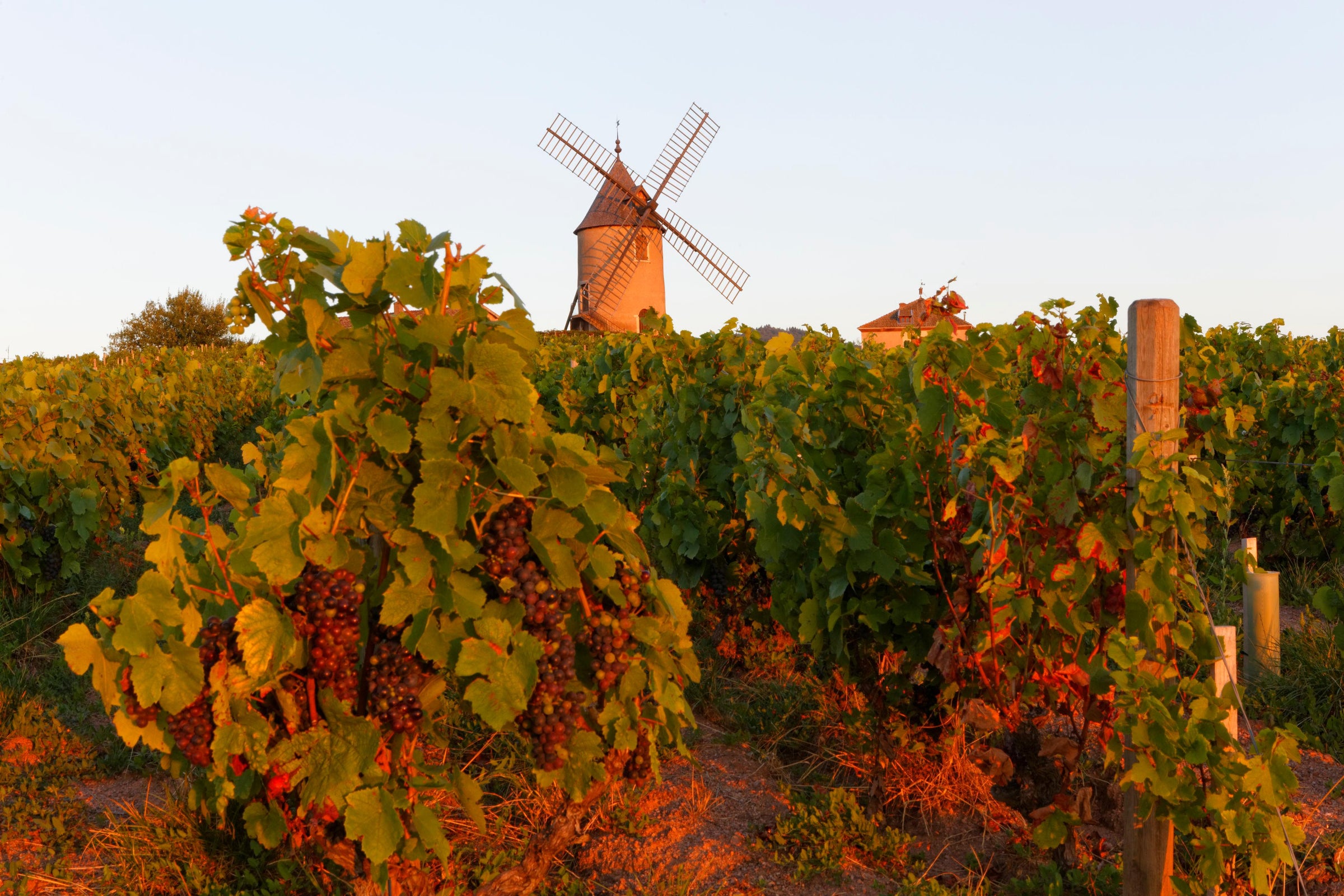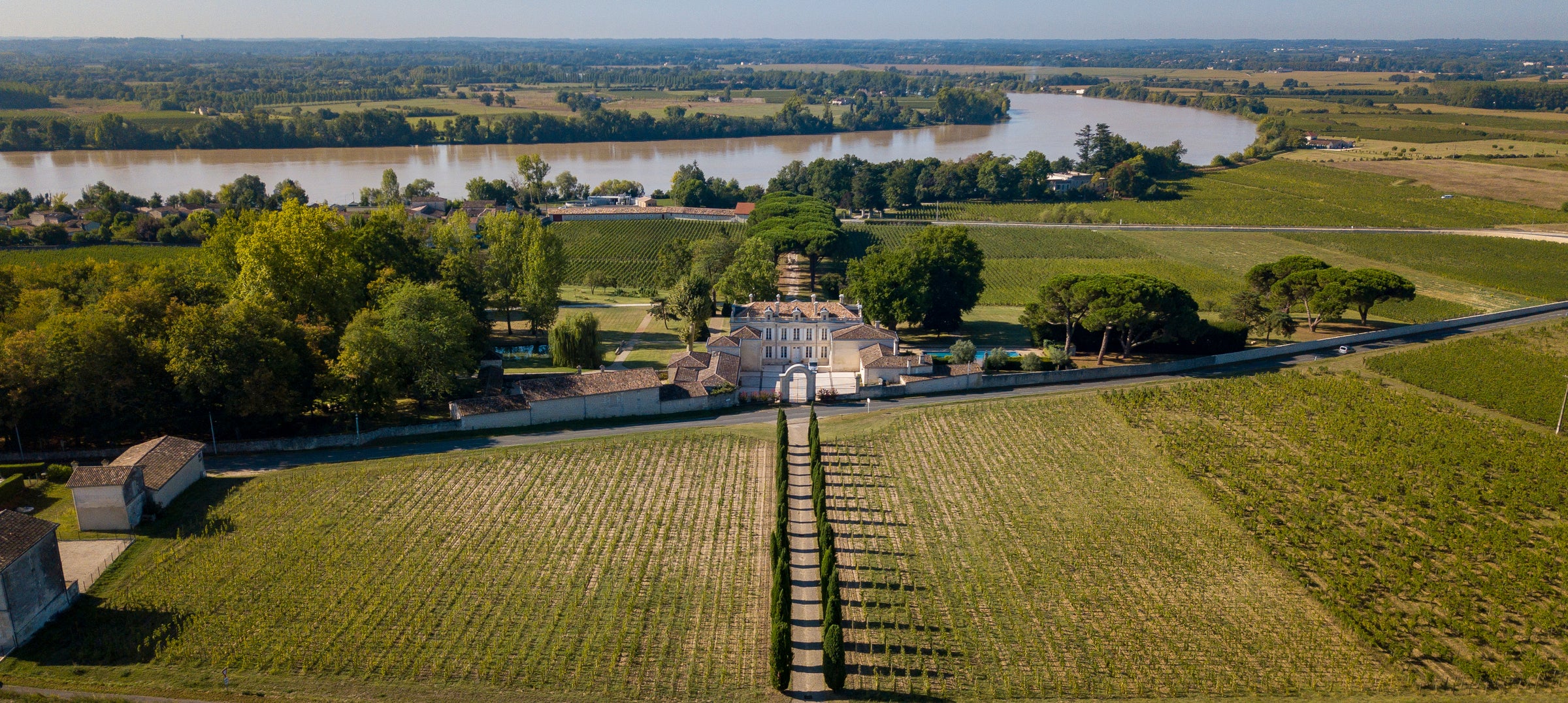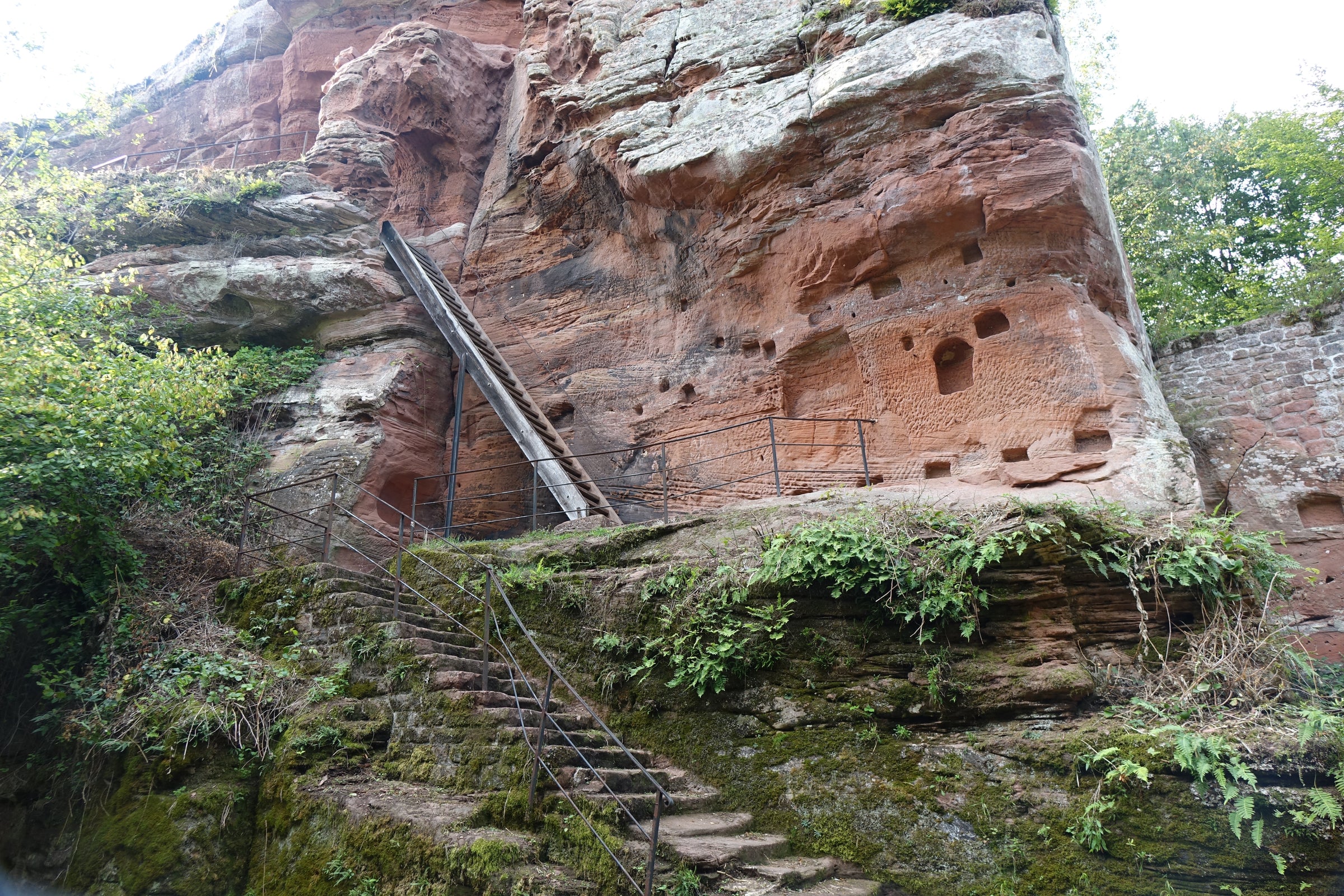We previously labeled this bottle as a near-replica of Krug and when you put your nose in the glass you'll understand why. “Princesse Des Thunes” is a full-bodied and voluptuous Champagne that surpasses the top offerings of many prestigious Grand Marques. I fully believe it would garner a $150+ price tag were it in one of their hands.
Its magnificent complexity and richness is obtained by sourcing from estate-owned Grand Cru vineyards in Ambonnay, extended aging (six years minimum), and their addition of reserve wines from a perpetual blend first started in the 1980s. Not many estates can claim this combination of quality and those that do charge 2-3 times the price—this is what you reveal when someone says “break out the good stuff.” Last month, after four years of asking, we finally obtained a substantial enough allocation of “Princesse Des Thunes” and our inventory rapidly zeroed out. A flood of emails and phone calls soon followed from customers that weren’t able to experience it. The sole importer of this wine had also run dry, so he had to get permission from owners Pierre and Sophie Déthune in order to secure what stock remained. Remember, Paul Déthune is a small grower-producer as is, and this bottling tops out around 200 cases on any given year. There is a dangerously low amount remaining and for those that missed out on the first small wave, here’s your second chance! And, for those who already drank their bottles and are eager to buy more, we can once again offer six per customer today!
Paul Déthune is a Récoltant-Manipulant (“RM” can be seen on the label), or grower-producer, which means they own, farm, and craft wines solely from their estate. While major Champagne houses, or Négociant-Manipulants, typically make wines by purchasing grapes from myriad farmers, a “grower-producer” controls every aspect of farming and winemaking; 95% of the fruit must be from their own vineyards (if a grower who only has Chardonnay vines wants to make a rosé, he can purchase some Pinot Noir/Meunier with that remaining 5%). The Déthunes have been farming and crafting Champagne in the Grand Cru village of Ambonnay since 1889, but their winemaking lineage can be traced to 1610. Today, Pierre Déthune and his wife, Sophie, tend to seventeen organically-tended acres throughout Ambonnay. It is here that Pinot Noir reveals its most intense expression, delivering signature minerality and terroir that translates to opulent, perfectly balanced Champagnes.
They are adamant about sustainability—natural fertilizers are used, cover crops are planted, solar panels have been installed, and a rainwater collection system has been implemented. Grapes are hand harvested at ripe levels and fermented (both alcoholic and full-malolactic) in 205-liter French oak barriques. This cuvée incorporates 30% reserve wine from a unique blend of vintages first started nearly 40 years ago. It is “topped up” every year, much like a Sherry solera. After bottling, the wine then ages for numerous years—a minimum of six—in their chalk cellars that were hand-carved in the early 1600s. An interesting note: Instead of adding a standard dosage consisting of beet sugar, Pierre uses MCR, or moût concentré rectifié, which is super-concentrated grape must reduced down to its base sugars. It’s rarely found in Champagne, but several growers are now using it with the mindset that it creates a more neutral and consistent sweetener. The final wine is equal percentages of Pinot Noir and Chardonnay.
“Princesse Des Thunes” displays a dense yellow core with golden reflections and a slow-rising bead. It is incredibly concentrated and the nose sports wonderful richness and unending layers. Prepare yourself! You’ll be met with notes of ripe quince, Rainier cherry, grilled pineapple, yellow apple, dried white flowers, brioche, fig, toasted almond, lemon meringue, crushed rock, fresh cream, and subtle spice. Like that of Krug or Bollinger, this is a true full-bodied Champagne with thick textures and ample acidity that shines throughout the finish. You can expect immense ripe fruit on the palate and resounding richness. This is serious wine—as full throttle and complex as you can get in this price range. Drink in all-purpose white stems around 55 degrees and enjoy now or over the next decade; it has the depth and freshness to last. Pair next to a rich preparation of venison with seared foie gras—it can certainly stand up to it. Cheers!






